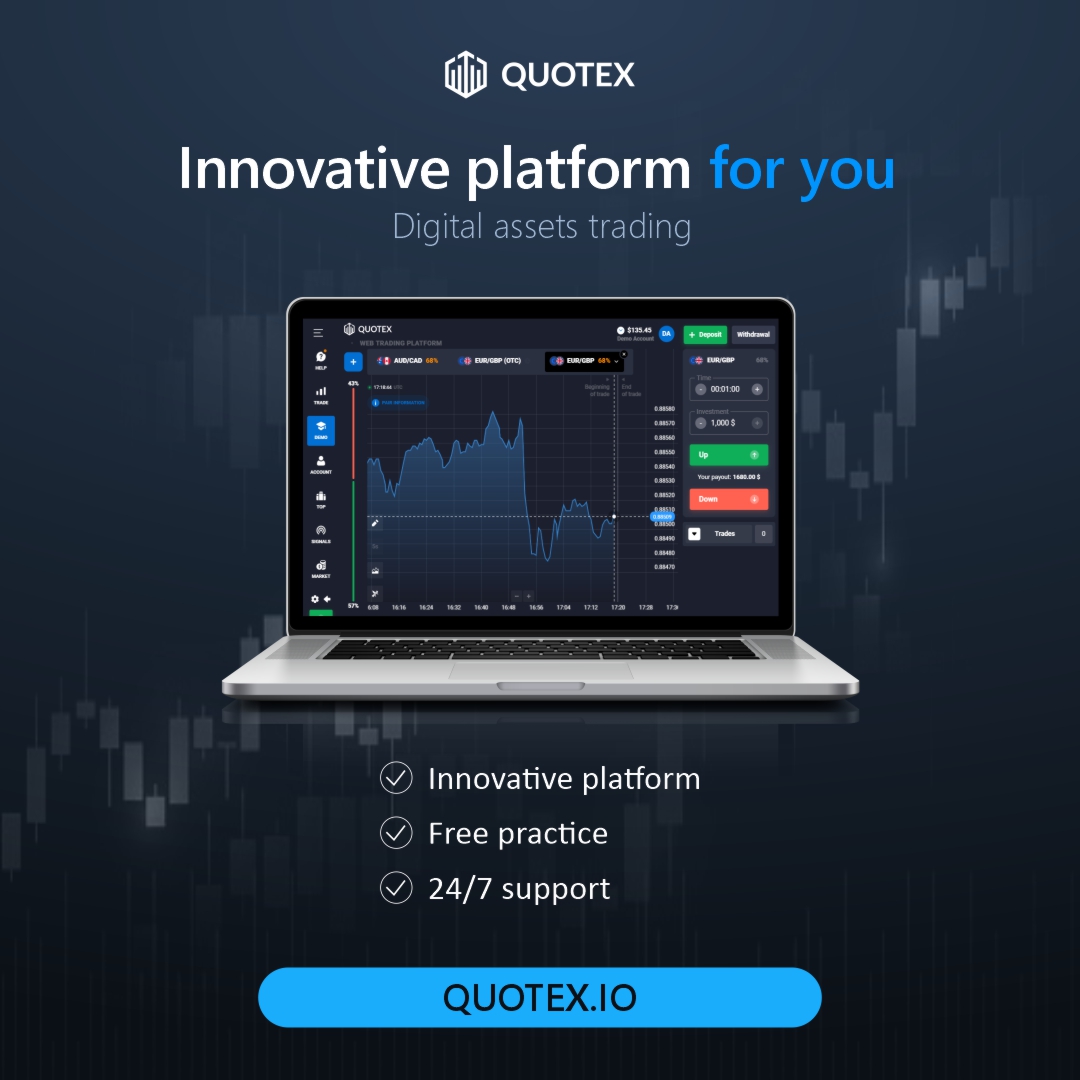Disclosure: The opinions and opinions expressed here belong only to the author and do not represent the opinions and opinions of the Crypto.news editorial.
For millions of adopters, Bitcoin (BTC) represents the freedom of capital controls, centralized intermediaries and degradation of the Central Bank. But for institutions, maintaining Bitcoin is not free. In fact, it comes with persistent and measurable costs that accumulate in silence and erode the value over time. This is Bitcoin’s “silent tax”, the negative transport that derives from rates, insurance costs, accounting friction and opportunity cost.
For an individual investor with conviction and a long time horizon, this drag can be avoidable or tolerable. But for institutions that manage large portfolios, which depend on safe and obliged third parties by fiduciary mandates, the silent tax is becoming more difficult to ignore.
Holding has a cost
Unlike retail users, institutions often cannot self -conflict Bitcoin in a hardware wallet. They trust regulated custodians for compliance, audition and security. Bitgo, Copper, Hex Trust, Coinbase Prime and Fidelity Digital Active are among the best players in this space, and do not offer their services for free.
Custody rates generally vary from 0.35% to 0.50% per year, charged in custody assets. For large customers, this adds quickly. A $ 100 million bitcoin position costs between $ 350,000 and $ 500,000 annually, just to sit in cold storage. Some custodians also charge incorporation and transaction rates, which pushes effective costs even more.
Insurance adds another layer. While the important custodians offer policies, these limits are often well below what large institutions need. Some clients negotiate additional coverage or autinsure, any of which increases the cost. And then there are audit expenses: public companies and funds must routinely verify their cryptography holdings through specialized cryptographic audits. These are not cheap, often require six -digit commitments with four large companies.
Together, these are the central components of Bitcoin negative transport for institutions: inevitable possession costs without compensatory income. Even in the absence of volatility or price movement, the position bleeds slowly, a structural head wind integrated into the retention act.
But beyond explicit costs, there is also a strategic restriction that further aggravates the load.
The structural head wind of negative transport
One of the most important institutional use cases of Bitcoin, rather that is simply detained for long -term appreciation, is its role as a guarantee. Bitcoin can be published to borrow dollars, stablecoins or other cryptographic assets, allowing holders to unlock liquidity without selling their position. This function is especially valuable for capital intensive companies such as miners or commercial companies, and more and more for treasure managers looking for more flexible balance tools.
But Bitcoin’s effectiveness as a guarantee depends on its stability and availability. If the negative transport erodes the main of Bitcoin, the number of usable collaterals is shrunk. In that scenario, the headlines not only suffer from paper losses, but also see that their indebtedness power decreases in real terms.
This challenge is amplified by the fact that the main way of compensating Bitcoin’s negative transport, through the generation of performance, often eliminates the bitcoin of being usable as collateral. If an institution lends its bitcoin to gain interest, those assets are usually locked and are no longer available to be published against loans. Indeed, there is compensation: you can use your bitcoin to generate income, or you can use it to unlock liquidity.
This binary choice creates real friction for institutions that try to maximize capital efficiency. The bitcoin that is gaining performance through loans is not available for loans or operational flexibility. And the Bitcoin kept liquid for the guarantee is inactive, accumulating retention costs without compensation return.
Why does this matter now
At the beginning of the 2020s, with rates close to zero and inflation concerns, Bitcoin’s narrative as inflation coverage caused the silent tax to be overlooked. But with a change to higher interest rates, the renewed competence of assets that support the most strict regulatory performance and scrutiny, institutions now face a harder calculation.
Custody rates are no longer insignificant. The opportunity cost adjusted by inflation is real. And internal interested parties, from Risk Committees to CFO, can start asking what Bitcoin is doing in the balance beyond simply sitting there.
Breaking compensation
The current compensation faced by the institutional headlines of Bitcoin are significant, but may not be permanent. As the infrastructure evolves, the new approaches begin to offer a path to follow, the solutions that could reduce or even eliminate the need to choose between performance and utility.
In other blockchain ecosystems, native performance is often obtained by helping to ensure the network through rethinking. Bitcoin, by design, does not offer that functionality to the holders: their work proof system rewards the miners, not those who have BTC. But recent developments point to a new possibility: allow Bitcoin to admit external stake test chains, winning performance in the process. This model, often called Bitcoin Staking, allows BTC to be a delegate to ensure other networks, without giving up custody or assuming new assumptions of trust. As these approaches continue to mature, Bitcoin’s institutional viability will surely grow.
For institutions that have long had to choose between capital efficiency and alignment with Bitcoin design, that change could be significant and very delayed.




